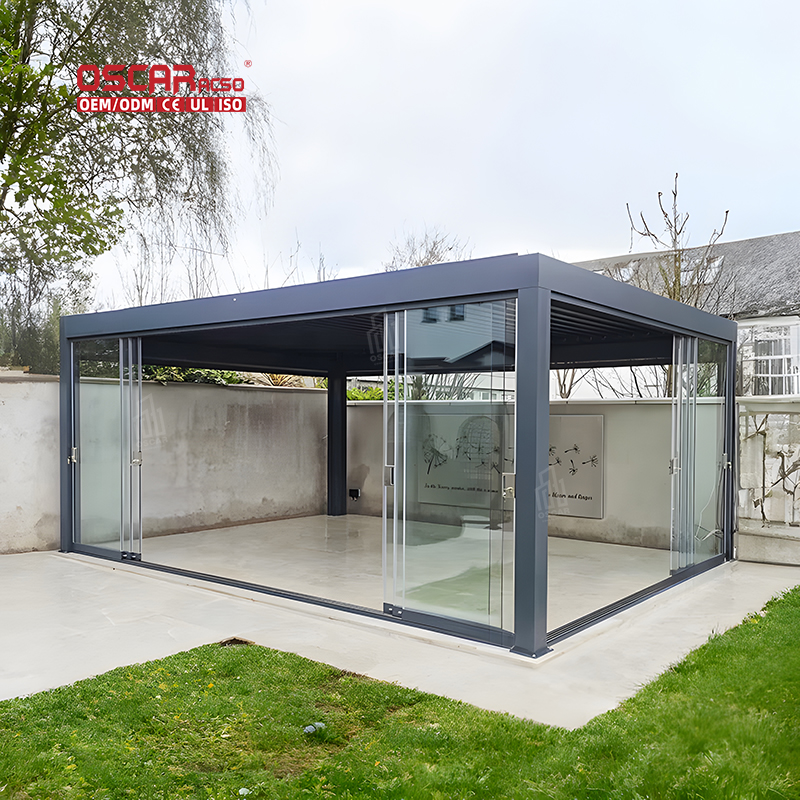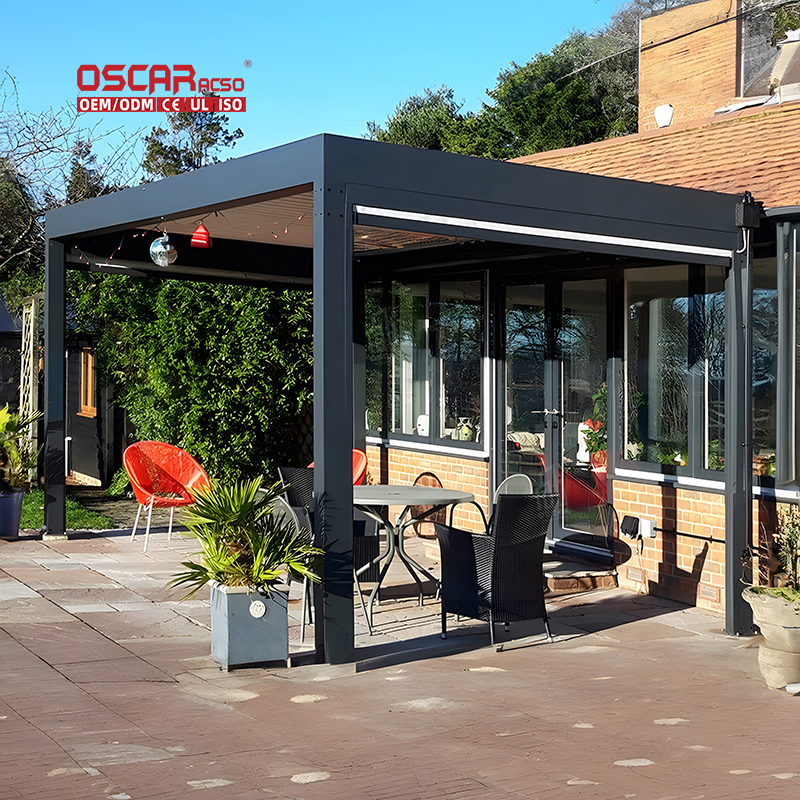Pergola Planning Permission, Unlock Your Garden\’s Potential
Dreaming of a beautiful pergola in your garden? 🌿 A key question often holds people back: Is it considered \"permitted de...
.jpg)
Dreaming of a beautiful pergola in your garden? 🌿 A key question often holds people back: Is it considered “permitted development,” or do you need full planning permission? For most homeowners in the UK, the good news is that you can often build a pergola without needing to apply for formal planning permission, thanks to what are called “Permitted Development Rights.” 🏡 Let’s explore the rules that can help you unlock your garden’s potential.

🤔 What Exactly is “Permitted Development”?
Permitted development rights allow you to make certain improvements to your property without going through the full planning application process, as long as you meet specific criteria set by the government. This is designed to give homeowners flexibility for smaller projects. A pergola, being a typically open-sided garden structure, often falls under this category. However, it’s crucial to understand the specific limitations surrounding its size, height, and location to ensure your project complies.
📏 Key Rules for Pergolas Under Permitted Development
While rules can have slight variations across England, Scotland, Wales, and Northern Ireland, some common principles generally apply for a pergola to be considered permitted development:
- •
Height Restrictions: This is a major factor. If your pergola is within 2 metres of your property’s boundary, its maximum height is typically restricted to 2.5 metres. For structures further from the boundary, the allowed height can increase to 3 metres, and pitched roof designs may be permitted up to 4 metres.

- •
Location, Location, Location: Permitted development rights usually do not apply to pergolas built in front gardens if they forward of the principal elevation of your house. They are primarily for the rear and side gardens. Additionally, special rules apply for listed buildings, conservation areas, Areas of Outstanding Natural Beauty (AONBs), and properties with existing Article 4 directions.
- •
Ground Coverage: Your pergola, along with any other garden buildings and extensions, should not cover more than of the total area of the land around your original house.
- •
Design and Materials: While subjective, the structure should be for domestic use and its design should not negatively impact the visual amenity of the area. Using materials like aluminium, which offers a sleek profile, can sometimes be viewed more favourably in terms of minimizing visual intrusion.
When is Planning Permission Definitely Required?
There are clear instances where you will need to apply for planning permission:

- •
If your property is a listed building.
- •
If you live in a conservation area or other designated land (e.g., AONB, National Park).
- •
If you want to build a pergola in your front garden (especially if it fronts a highway).
- •
If your planned structure exceeds the size or height limits outlined in permitted development rights.

- •
If you plan to enclose the pergola with solid walls or extensive glazing, as it may then be classified as a more permanent outdoor room.
- •
If your local authority has issued an Article 4 direction removing some permitted development rights in your area.
Always check with your Local Planning Authority (LPA) for the definitive rules applicable to your specific property.
💡 Practical Tips for a Smooth Project
- 1.
Consult Early: Before purchasing materials or starting construction, it’s highly advisable to contact your Local Planning Authority (LPA) for pre-application advice. They can provide guidance specific to your property and plans.
- 2.
Consider Your Neighbours: Even if permitted development applies, maintaining good relations with neighbours is wise. A large structure near a boundary might affect their light or privacy.
- 3.
Think About Quality and Design: Investing in a well-designed structure from a reputable supplier not only ensures compliance but can also enhance your property’s value. Aluminium pergolas, for instance, are noted for their durability and modern aesthetic, which can be a selling point.
- 4.
Documentation: Even for permitted development, it’s good practice to keep a record of plans and photos showing your pergola complies with the rules, especially if you later decide to sell your property.
Navigating the rules might seem complex, but understanding the principle of permitted development empowers many homeowners to confidently add a beautiful and functional pergola to their outdoor space. A well-planned pergola can significantly enhance your enjoyment of your garden, creating a perfect spot for relaxation and entertainment. While many projects can proceed without formal permission, doing your homework and confirming with your local council is the absolute key to a successful and stress-free build. 🎉

